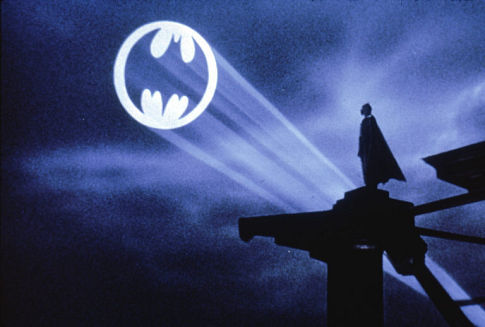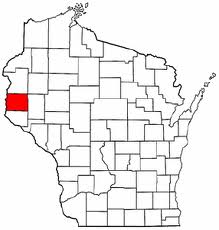Entries in wisconsin wind farm bat (1)
4/7/10 Why are so many bats dying in Wisconsin wind projects? Shining a spotlight on a glaring problem
Want to keep up with what's going on with the wind siting council?
Remember to check the docket
Public Service Commission of Wisconsin
Docket 1-AC-231
CLICK HERE for location, time and dates of WSC meetings.
NOTE: The 9:00am meeting scheduled for this Friday will be conducted by telephone. The PSC is still working out the details of how the public will have access to it.

When it comes to big wind projects, bats in Wisconsin are in need of a super-hero
Three recent reports indicate bat kill rates in Wisconsin wind projects are ten times the national average. No state except Pennsylvania has ever had such high bat kill numbers which are among the highest in North America.
[CLICK HERE Download the We Energies Post Construction Bird and Bat Mortality Final Report]
How many bats are dying in Wisconsin wind projects?
According to the We Energies report, 3,500 bats a year are being killed in the Blue Sky Green Field 88 turbines project. Each 1.5 MW turbine represents 41 bat deaths a year. According to the study, 7,000 bats have perished in the Blue Sky, Green Field wind project during the last two years.
The kill rate is the same in the Cedar Ridge project. The Invenergy Forward project may show higher bat kill numbers.
Given this, Better Plan felt the following posting on the Wind Siting Council Docket was especially worth reading.
WHAT'S ON THE WIND SITING COUNCIL (WSC) DOCKET TODAY?
Visit the docket by CLICKING HERE. The docket number to enter is 1-AC-231
Public comment from Brown County resident regarding concerns about lack of DNR involvement with WSC
The following is the text of a letter I sent to Department of Natural Resources Secretary, Matthew Frank regarding DNR representation on the Wind Siting Rule Making Commission:
April 6, 2010
Dear Secretary Frank,
My wife and I reside within the boundaries of the currently proposed Ledge Wind Energy facility in southern Brown County.
You can imagine that we have a keen interest in the proceedings of the Public Service Commission Wind Siting Commission, which convened on Monday, March 29. We attended that first meeting and plan to be in attendance at the 9:00AM meeting on April 7, as well.
At the onset, I was taken aback by the lopsided fashion in which the commission is populated with wind energy developers and proponents.
As a retired high school social studies and environmental studies teacher, I find it distressing to find no Department of Natural Resources representation on this commission. The Department`s absence raises the following questions in my mind.
Ms. Marilyn Weiss, the Public Service Commission case manager for the Ledge Wind Energy Project, in communication with people in the Ledge Wind Project area has mentioned Shari Koslowsky as the DNR Energy Division contact person for wildlife issues related to wind energy projects.
Why is she not in attendance at Siting Commission meetings?
A recent DNR reviewed bird and bat study conducted at the Blue Skies Green Fields wind farm yielded higher than average mortality rates.
With that wind farm`s location on the Niagara Cuesta, a known bird and bat migration route, should this not be a significant factor of consideration in the development of standards by the Siting Commission? If wildlife species are observed to avoid areas of wind turbine concentration, should habitat loss by abandonment not be a Department concern in a continued focus of wind energy development along the Niagara Escarpment?
The proposed Ledge Wind Energy Project is extensively underlain by karst feature, and significant groundwater contamination has occurred within the project area in the past. The construction of a wind farm involves miles of buried collection cables in addition to excavation of tower foundations. Should Department staff oversee excavation and site restoration procedures?
Considering the elevation of the Niagara Cuesta makes it particularly attractive to wind energy development, should the Department not be heavily involved in the siting standards developmental process to protect ground water resources in such sensitive areas?
Thank you for your consideration in this matter. I look forward to your reply.
I affirm that these comments are true and correct to the best of my knowledge and belief.
Carl Johnson
Greenleaf, WI 54126
(920) 532-4725
cc:
Tomas Hauge, Director, Wildlife Management, DNR
David Siebert, Director, Office of Energy, DNR
Shari Koslowsky, Conservation Biologist, DNR
 NOTE FROM THE BPWI Research Nerd:
NOTE FROM THE BPWI Research Nerd:
If you are a member of any organization that might be as concerned as we are about the Wisconsin bat kill numbers, please make sure they are aware of the recent findings.
